Ayodhya
Ayodhya is a city situated on the banks of the holy river Saryu in the Indian state of Uttar Pradesh. It is the administrative headquarters of the Faizabad district as well as the Faizabad division of Uttar Pradesh, India.
The history of Uttar Pradesh is very much associated with the broad history of India. It dates back to 4000 years. Formerly the area of Uttar Pradesh was occupied by the Aryans or the Dasas and their main occupation was agriculture. The Aryans, through conquests occupied the adjoining areas too.
They laid the foundations their civilisation in the region. It was during the Aryan inhabitation in the region that epics of Mahabharata, Ramayana, Brahmanas and Puranas were written.
The state is the heart of Mahabharata war. The Kosala Kingdom of Ayodhya is said to have been incarnated in the city of Mathura.
It was around the middle of the 1st millennium BC that Uttar Pradesh saw the advent of Lord Buddha and the spread of Buddhism. Around the time Lord Buddha delivered his first sermon at Dhamek Stupa in Sarnath when Uttar Pradesh was under the Magadh rule. Here Chaukhandi Stupa marks the spot where Lord Buddha met his disciples.
Ram Mandir:
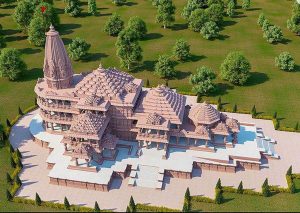
The Ram Mandir is a Hindu temple that is being built in Ayodhya, Uttar Pradesh, India, at the site of Ram Janmabhoomi, according to the Ramayana the birthplace of Rama, a principal deity of Hinduism. The temple construction is being supervised by the Shri Ram Janmabhoomi Teerth Kshetra.
Ram Janmabhoomi: Ayodhya is situated on the bank of holy river Saryu, Uttar Pradesh. It is the headquarter of Ayodhya District and Ayodhya division. It is known as the birthplace of Lord Rama.
Shri Hanuman Garhi Mandir:
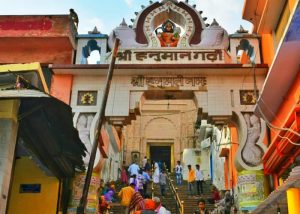
Har Ki Pauri is the most famous ghat on the banks of the Ganges in Haridwar. This is the ghat that witnesses Aarti’s daily rituals and welcomes the crowds that flock to the bank for Aarti. Hark i Pauri is also known as his Brahmakund and mythology suggests that Lord Shiva and Lord Vishnu visited this place during Vedic times. The temple is built around a large footprint believed to be that of Lord Vishnu. Hark i Pauri has budget and luxury hotels nearby to cater for all types of travelers and guests visiting Haridwar.
Kanak Bhawan:
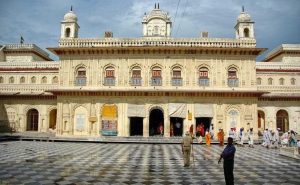
Kanak Bhawan is one of the finest and famous temples in Ayodhya and is a must visit. It is believed that this Bhawan was gifted to Devi Sita by Kaikei immediately after her marriage to Lord Ram. This is private palace of Devi Sita and Lord Rama. Vikramaditya got it renovated
The exquisitely embellished temple was constructed by Vrishbhanu Kuvari, Queen of Teekamgarh (Madhya Pradesh) in 1891 and is also known as Sone-ka- Mandir. The main temple surrounds an open inner area which houses the sacred shrine of Rampada.
Tomb of Bahu Begum :
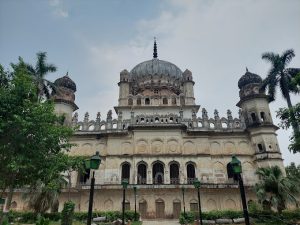
Bahu Begum ka Maqbara is the Tomb of Queen Bride Begum Unmatuzzohra Bano alias Bahu Begum a memorial built for queen of Nawab Shuja-ud-Daula. Its one of the tallest buildings in Faizabad and is a notable example of non-mughal Muslim architecture. Sadly, this monument is a victim of neglect and is crumbling.
Ammaji Mandir (Ayodhya):
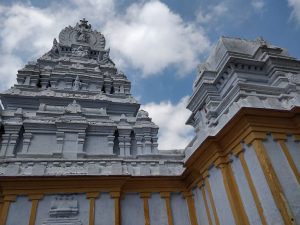
Ayodhya, Lord Rama’s birthplace is one of the most important places for Hindus, and Hanuman Garhi is exceedingly popular place ….
Guptar Ghat:
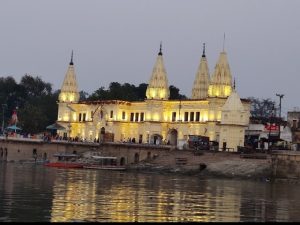
The sacred ghat on the bank of River Saryu is believed to be the spot where Lord Rama took Jal Samadhi. It comprises a series of fine well-maintained Ghats built by Raja Darshan Singh in the first half of the 19th century
